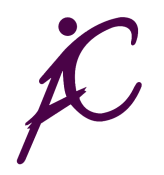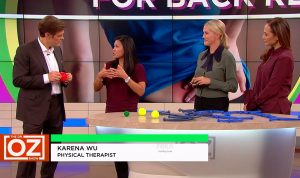 ActiveCare Physical Therapy, PC
ActiveCare Physical Therapy, PC
29 West 38th Street
Suite 601
New York, NY 10018

Karena Wu’s Notes on Physical Therapy Rehabilitation After Surgery
Physical Therapy rehabilitation is a crucial part of the recovery process after any injury or surgery. I am writing this from my personal perspective as a physical therapist and a recent post surgical patient. I recently had knee surgery for osteoarthritis. The surgeon did the job of fixing whatever needed to be fixed inside of my body. His job is essentially done. Then, it is the responsibility of a physical therapist to take the lead and guide the patient on the appropriate progression to return to full and pain-free function.
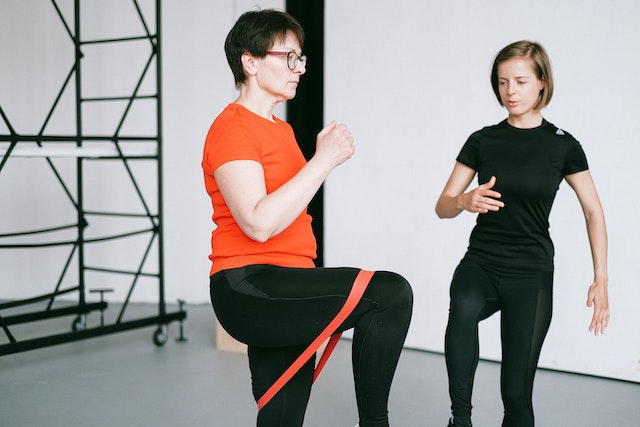
Physical Therapy Rehabilitation After Surgery: Techniques & Timeline
Notes on PT Assistive Devices
Physical therapy initially includes techniques and modalities to reduce pain, inflammation and swelling post surgery as well as instruction on the use of any assistive devices like braces and crutches.
As a treating physical therapist, I have cared for many patients who come out of surgery and are missing education on how to use their assistive devices. Patients ask me questions after the fact when they should have been giving these instructions upon discharge. Some patients say they were not given them, some say it was minimal. If they were given any instructions or information immediately post surgery, there is also an issue with the patient being fully out of sedation in order to process and understand this information which could be one of the reasons why some patients come out of surgery with this experience.
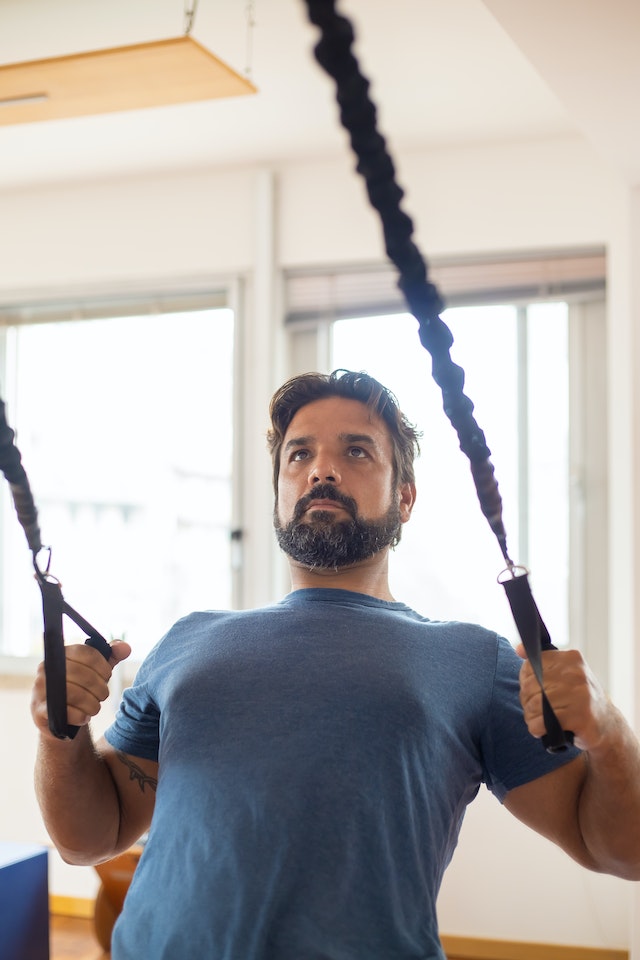 Strength Training
Strength Training
Physical therapy continues with exercises typically progressed from isolated muscle activation to functional kinetic chain movements. Activation, stability, strength, conditioning and flexibility exercises are performed to restore strength and extensibility of soft tissues. Exercises must be performed regularly in order for strength be restored.
The initial four to six weeks of any strength training program is neuromuscular in activation, which means that the brain body connection is being strengthened. When the brain sends the message to contract a muscle, it is done so through an electrical impulse down the nerve into the target muscle cell. That muscle cell is connected to a certain number of muscle fibers and during this initial phase, the muscle cell will recruit more and more muscle fibers until it is connected to all of them. This is neuromuscular in nature (the brain speaking with the muscles).
After this four to six week phase, the muscle tissue itself starts to gain strength and the muscle fibers will begin to hypertrophy or get bigger. So performance of the therapeutic exercises can take months to even years for the muscles to return to normal.
Treatment Plans
The treatment plan is the frequency and duration of physical therapy. Rehabilitation is required a minimum two times a week in order to effect change. There should be little to no ‘break’s during the treatment so that the patient’s progress does not regress. The patient must commit to their rehabilitation schedule as well as their home exercise program. Every physical therapist should be giving home exercises for the patient to perform on their non-therapy days. It is the combination of the two that help to progress and restore muscle strength and joint range of motion.
Physical Therapy Rehabilitation After Surgery: Conclusions
My experience with physical therapy has not been as consistent as it should have been, being the owner of a clinic and one who works in other areas in her field. I can speak from experience when I say between age, genetics, prior health status and regularity of a good comprehensive physical therapy program that if you fall behind, it is difficult to catch up. If you are older and were not as strong pre-surgery, it will be harder to recover muscle strength and endurance. If you are younger, it is much easier to bounce back. If your PT program is too slow or it is too limited, you will progress slower. If it is appropriately aggressive and robust, you should have a much easier time restoring your body to its pre functional, pain-free level.
Take it from me, listen to your physical therapist, commit and participate in your rehab program and use common sense when performing therapeutic exercises. It will minimize the regressions that can occur in PT and help make your recovery process more of a smooth and painless uptrending path.
Contact Dr. Wu at ActiveCare Physical Therapy in NYC
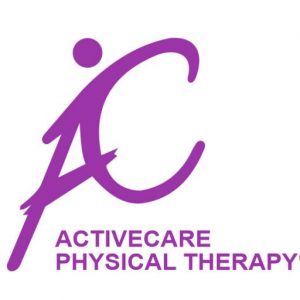 If you’re recovering from surgery and looking for a physical therapy practice in New York City, consider ActiveCare Physical Therapy®. With our convenient location in midtown Manhattan, we make it easy to get the care you need. Contact us today to schedule an appointment or learn more about our services. Let us help you get back to the activities you love with confidence and ease.
If you’re recovering from surgery and looking for a physical therapy practice in New York City, consider ActiveCare Physical Therapy®. With our convenient location in midtown Manhattan, we make it easy to get the care you need. Contact us today to schedule an appointment or learn more about our services. Let us help you get back to the activities you love with confidence and ease.
ActiveCare Physical Therapy®
29 West 38th Street, Suite 601
New York, NY 10018
Phone: (212) 777-4374
Email: staff@bestptnyc.com
Website: https://activecarephysicaltherapy.com/
